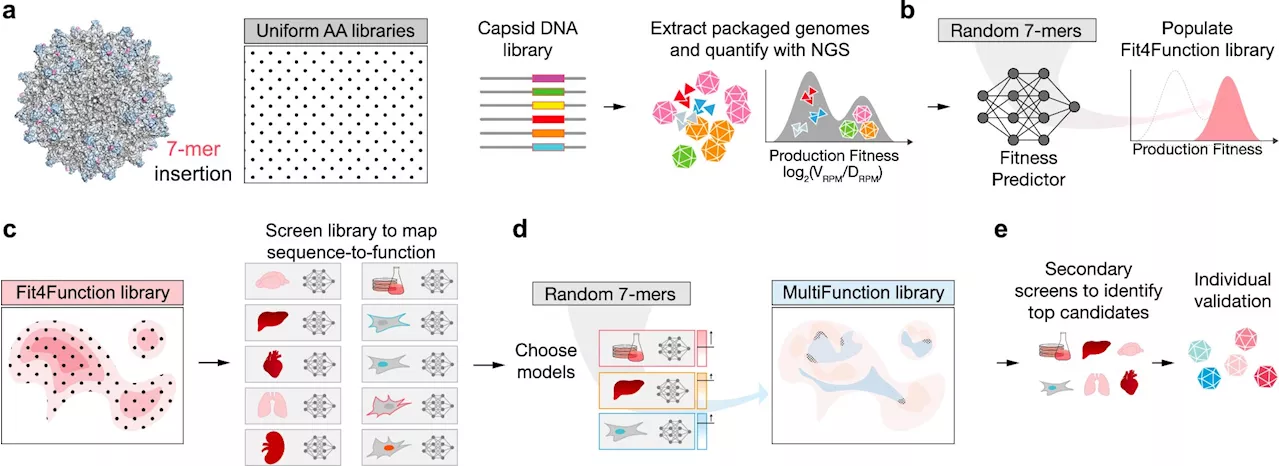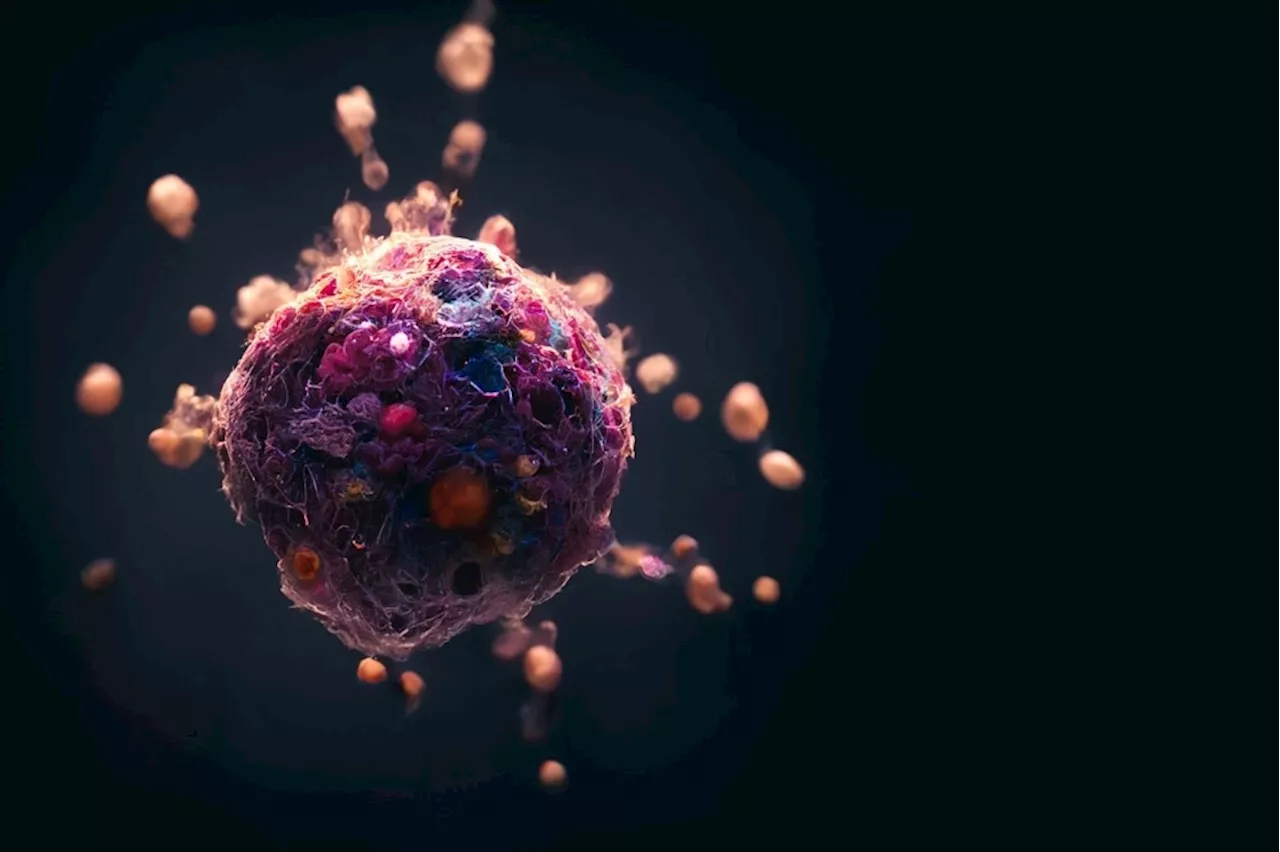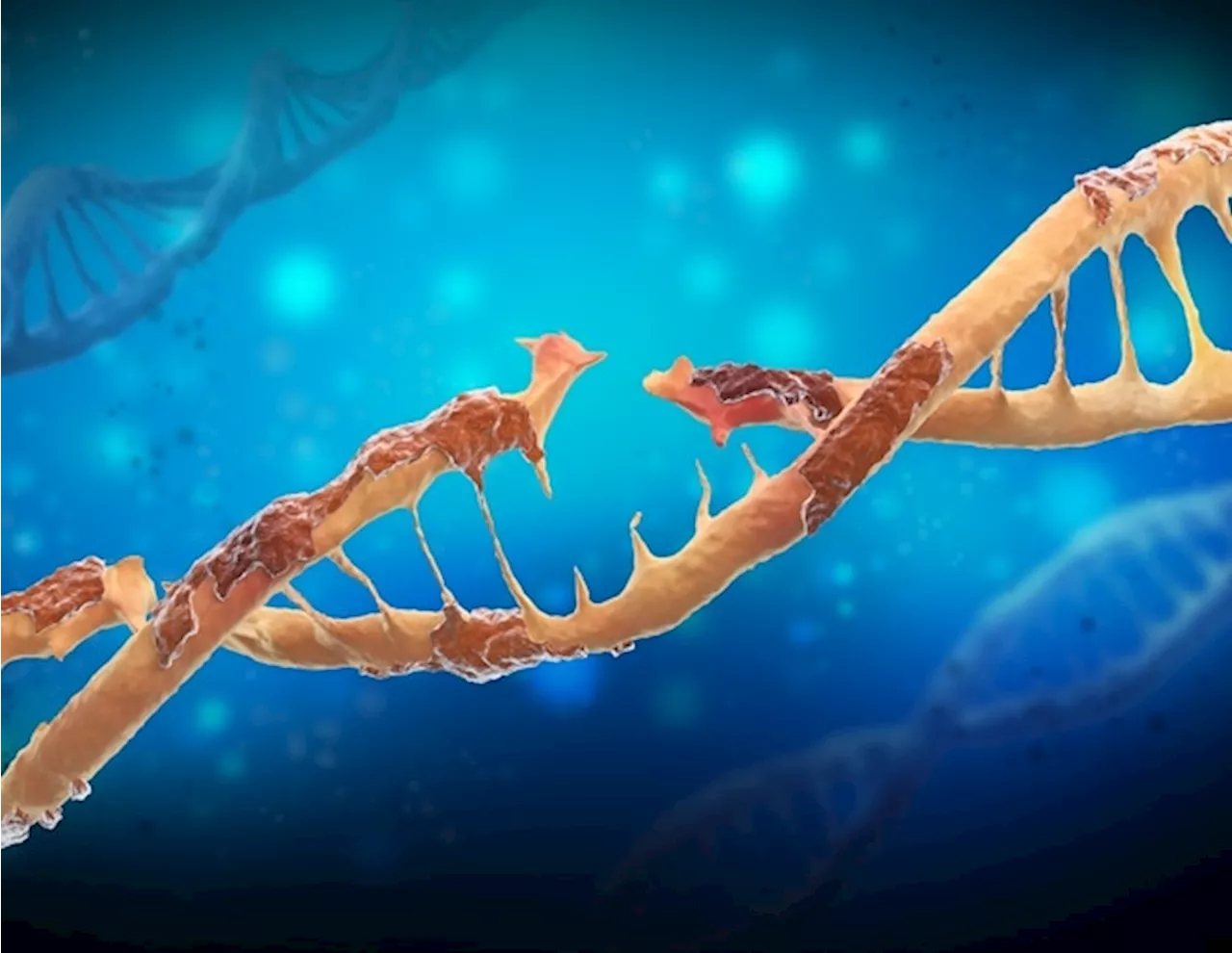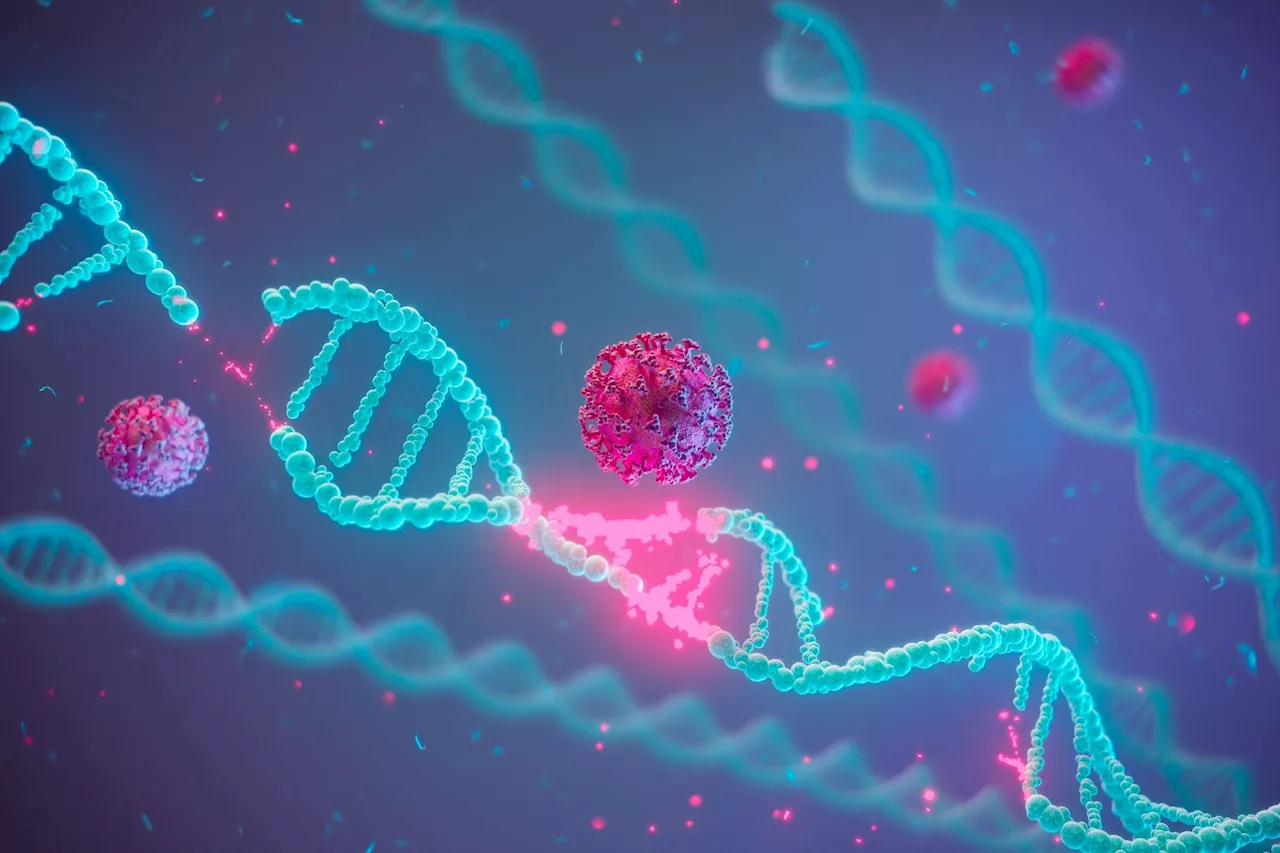Nanotechnology is revolutionizing gene manipulation by enhancing delivery systems for CRISPR and other genetic tools, with significant applications in medicine and agriculture. While it offers immense potential, it also introduces new challenges in the field of gene editing.
By Nidhi DhullReviewed by Lexie CornerUpdated on Aug 20 2024 Gene manipulation involves multiple steps, beginning with the introduction of genes of interest into cells and tissues. Various methods are used to deliver deoxyribonucleic acid sequences across cell walls, plasma membranes, and nuclear membranes in mammalian, animal, and plant cells.1 However, even advanced gene editing tools like CRISPR systems still lack safe and efficient delivery methods.
Carbon-based nanoparticles, such as fullerenes and carbon nanotubes, exhibit excellent physical and chemical properties, including high aspect ratio, tensile strength, surface area-to-volume ratio, biocompatibility, and biostability, making them efficient gene carriers. For example, single-walled carbon nanotubes complexed with chitosan can transfer DNA into chloroplasts of mature plants.1
In addition, nanoparticles based on organic polymers, lipids, peptides, and vesicles also function as bioactive carriers in gene delivery and editing.1 Polymeric nanoparticles allow the combined application of gene therapy and anticancer drugs or nano agents for photothermal therapy, enhancing targeted delivery and therapeutic potency.2
The successful expression of exogenous genes requires stable integration to develop transgenic plants. Nanoparticles help maintain the stability of the genes of interest due to their small size and surface effects.1 The tunable physicochemical properties of nanocomposites also allow easy conjugation with various functional materials.2
Different nanomaterials behave differently in specific plant cells, requiring thorough dose optimization and spectral tuning for various species. The biomolecule-binding affinity of nanoparticles varies with their structure, charge, chemical composition, and surface area. Thus, it is crucial to ensure that nanoparticles do not interfere with cellular processes to avoid disrupting cell structural stability and metabolic pathways.
Nanorobots, controlled devices made up of nanometric components, can interact with and diffuse through cellular membranes. This direct access to the cellular level improves cancer treatment efficiency through novel methods like gene therapy, including gene correction, silencing, activation, and editing.5
Nanotechnology Gene Manipulation CRISPR Nanomedicine Gene Editing
Philippines Latest News, Philippines Headlines
Similar News:You can also read news stories similar to this one that we have collected from other news sources.
 Machine learning approach helps researchers design better gene-delivery vehicles for gene therapyGene therapy could potentially cure genetic diseases, but it remains a challenge to package and deliver new genes to specific cells safely and effectively. Existing methods of engineering one of the most commonly used gene-delivery vehicles, adeno-associated viruses (AAV), are often slow and inefficient.
Machine learning approach helps researchers design better gene-delivery vehicles for gene therapyGene therapy could potentially cure genetic diseases, but it remains a challenge to package and deliver new genes to specific cells safely and effectively. Existing methods of engineering one of the most commonly used gene-delivery vehicles, adeno-associated viruses (AAV), are often slow and inefficient.
Read more »
 Future of Football: What does the future look like for stadium development?Sky Sports' Future of Football series took a closer look at stadiums and how they could develop in the future...
Future of Football: What does the future look like for stadium development?Sky Sports' Future of Football series took a closer look at stadiums and how they could develop in the future...
Read more »
 Nanotechnology in Cancer DiagnosisNanotechnology enhances cancer diagnostics by improving imaging, tissue analysis, and immunotherapy, promising early detection and targeted treatments.
Nanotechnology in Cancer DiagnosisNanotechnology enhances cancer diagnostics by improving imaging, tissue analysis, and immunotherapy, promising early detection and targeted treatments.
Read more »
 Nanotechnology in Cancer DiagnosisNanotechnology enhances cancer diagnostics by improving imaging, tissue analysis, and immunotherapy, promising early detection and targeted treatments.
Nanotechnology in Cancer DiagnosisNanotechnology enhances cancer diagnostics by improving imaging, tissue analysis, and immunotherapy, promising early detection and targeted treatments.
Read more »
 Nanotechnology in AgricultureNanotechnology in agriculture enhances crop protection, nutrient delivery, and soil management, offering sustainable solutions to address challenges like soil degradation and food scarcity.
Nanotechnology in AgricultureNanotechnology in agriculture enhances crop protection, nutrient delivery, and soil management, offering sustainable solutions to address challenges like soil degradation and food scarcity.
Read more »
 DNA repair gene mutations predict bladder cancer response to neoadjuvant chemotherapyAn analysis of pre-treatment tumor specimens from 105 patients with localized muscle-invasive bladder cancer found that the presence of a mutation in any one of three genes, all known to be involved in DNA damage repair, was associated with complete pathologic response to cisplatin-based neoadjuvant chemotherapy as measured by pathological...
DNA repair gene mutations predict bladder cancer response to neoadjuvant chemotherapyAn analysis of pre-treatment tumor specimens from 105 patients with localized muscle-invasive bladder cancer found that the presence of a mutation in any one of three genes, all known to be involved in DNA damage repair, was associated with complete pathologic response to cisplatin-based neoadjuvant chemotherapy as measured by pathological...
Read more »
